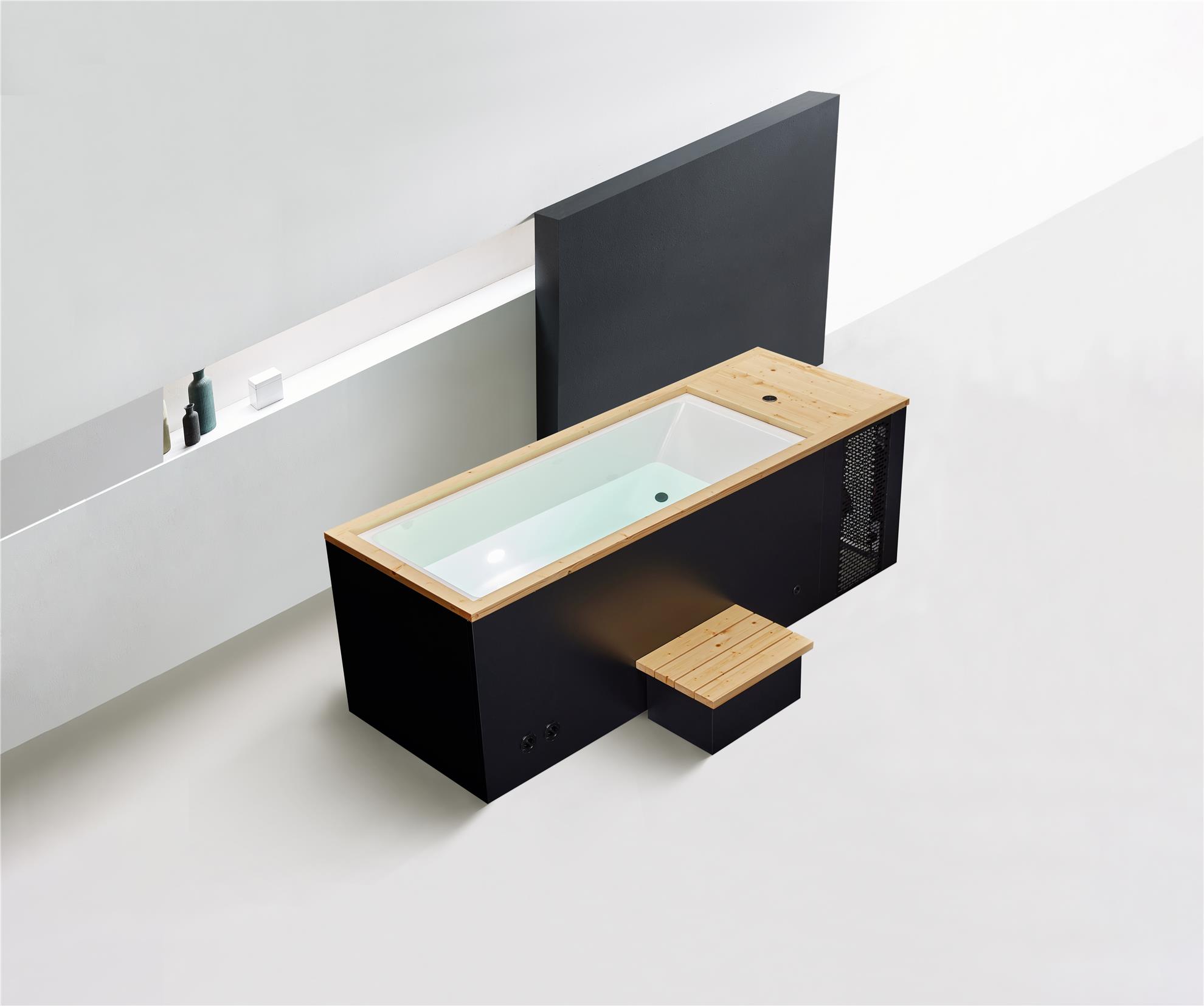Precautions and Health Considerations Before Using Cold Bath Tubs
Cold bath tubs, known for their therapeutic benefits, can be a valuable addition to a wellness or recovery routine. However, before taking the plunge, it is essential to consider various health and safety precautions to ensure a safe and effective experience.
1. Consultation with Healthcare Professionals:
Before incorporating cold bath tubs into your routine, consult with a healthcare professional, especially if you have pre-existing health conditions. Individuals with cardiovascular issues, respiratory problems, or other chronic illnesses should seek personalized advice.
2. Pregnancy:
Pregnant women should exercise caution when considering cold water immersion. The effects of cold on the body’s cardiovascular system may pose risks during pregnancy. Always consult with a healthcare provider before engaging in cold water therapy during pregnancy.
3. Raynaud’s Disease:
Individuals with Raynaud’s disease, a condition characterized by reduced blood flow to certain areas of the body, should approach cold bath tubs cautiously. Cold exposure may exacerbate symptoms, and consultation with a healthcare professional is recommended.
4. Allergies and Sensitivities:
Be aware of any allergies or sensitivities to cold. Some individuals may experience an exaggerated response to cold exposure, leading to skin reactions or discomfort. If you have a history of adverse reactions to cold, consider alternative recovery methods.
5. Gradual Adaptation:
If you are new to cold bath tubs, start with shorter durations and gradually increase the time as your body adapts. Sudden and prolonged exposure to cold water can lead to shock or adverse reactions.
6. Monitoring Body Signals:
Pay close attention to your body’s signals during and after cold water immersion. If you experience persistent numbness, tingling, or dizziness, exit the cold water immediately. These may be signs of an adverse reaction.
7. Age Considerations:
Children and elderly individuals may have different tolerance levels to cold. Special care should be taken with these populations to ensure a safe and comfortable experience. Consultation with a healthcare provider is advisable.
8. Hydration:
Ensure proper hydration before and after cold bath tubs. Dehydration can amplify the stress on the cardiovascular system during cold exposure. Adequate hydration supports the body’s ability to regulate temperature.
9. Weather Conditions:
Consider the ambient temperature and weather conditions before engaging in cold bath tubs, especially if performed outdoors. Extreme cold or adverse weather can impact the effectiveness and safety of the therapy.
10. Emergency Preparedness:
Be prepared for emergencies. Ensure that someone is aware of your cold water bath session and can assist if needed. Have warm clothing and blankets readily available for post-immersion to prevent excessive cooling.
While cold bath tubs offer numerous benefits, it is crucial to approach them with mindfulness and consideration of individual health factors. By taking these precautions into account, individuals can enjoy the advantages of cold water therapy safely and effectively. Always prioritize personal health and safety when incorporating new wellness practices into your routine. If you are interested in cold baths, please contact us to inquire about FSPA’s cold bath tubs.

